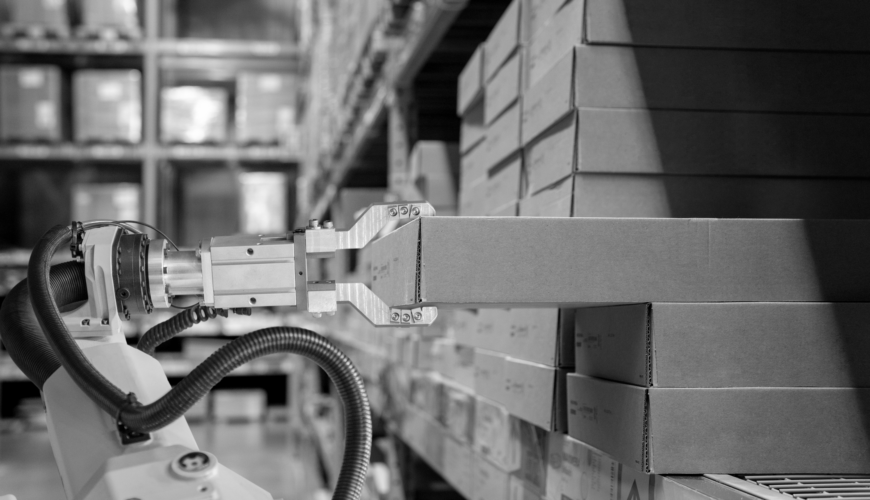Robotic pick-to-light (PTL) systems are advanced automation technology in warehousing and order fulfillment operations. These systems combine robotic automation with pick-to-light technology to enhance efficiency, accuracy, and speed in picking and sorting processes. Here’s an overview of what robotic pick-to-light systems entail and their benefits:
What is a Robotic Pick-to-Light System?
The components of the pick-to-light system include automated robots equipped with sensors and grippers to pick and place items. Light indicators installed on storage shelves or bins signal the location of items to be picked. Finally, the software coordinates the actions of the robots and the pick-to-light system, integrating them with the warehouse management system (WMS).
How It Works
Here’s how it works: The system receives an order from the WMS. The pick-to-light systems illuminate the locations of the items to be picked. Robots navigate to the illuminated locations, select the items, and place them in designated containers or on conveyors. Once all the items for an order are picked, they are sent to packing or shipping areas.
Benefits of Robotic Pick-to-Light Systems
- Efficiency and Speed: Robots can pick items continuously without breaks, increasing overall picking speed. Multiple robots can work simultaneously, handling different parts of the warehouse simultaneously.
- Accuracy: The combination of robotic precision and visual cues from the pick-to-light system minimizes picking errors. Robots maintain consistent accuracy, unlike human pickers, who might make mistakes due to fatigue or distraction.
- Labor Savings: Automation reduces the need for manual labor, leading to cost savings and allowing human workers to focus on more complex tasks. Robots can operate around the clock, providing continuous productivity.
- Scalability: Systems can be easily scaled by adding more robots and pick-to-light modules. They can also be reprogrammed and reconfigured to accommodate changes in inventory or order patterns.
- Improved Safety: Automation minimizes human interaction with heavy or hazardous materials, enhancing workplace safety. Robots perform repetitive and physically demanding tasks, reducing the risk of injuries to human workers.
Pick-to-Light System Applications
- E-Commerce Fulfillment: Handling high volumes of small, individual orders efficiently.
- Retail Distribution: Managing diverse inventory with frequent SKU changes.
- Manufacturing: Supplying parts and components to production lines in just-in-time operations.
- Pharmaceuticals: Ensuring accurate and fast picking of medical supplies and medications.
Challenges and considerations of pick-to-light systems include high upfront costs for purchasing and installing robotic and PTL systems and ensuring seamless integration with existing warehouse management and ERP systems. In addition, regular maintenance and technical support to keep the systems running smoothly and training staff to work with and manage automated systems is worth considering.
Future trends in pick-to-light systems include enhanced decision-making and optimization of picking routes and strategies, improved robot dexterity and capabilities for handling a more comprehensive range of items, and real-time data collection and analytics for better inventory management and operational insights.
Robotic pick-to-light systems significantly advance warehouse automation, offering substantial efficiency, accuracy, and scalability benefits. By leveraging these systems, companies can stay competitive in a fast-paced, technology-driven marketplace.


